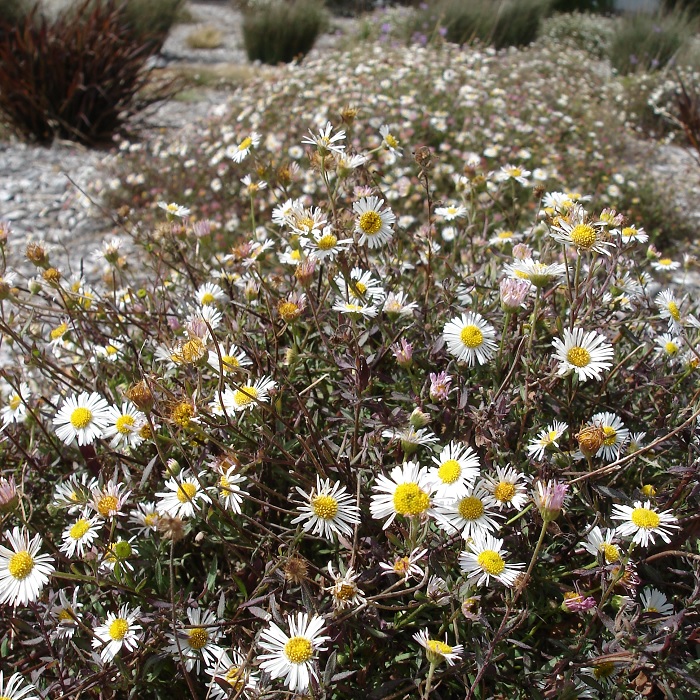UNITED STATES—Fads are not necessarily bad ideas. Some evolve out of good ideas. Others are recycled old ideas that worked. The current popularity of stone, gravel and artificial ‘dry creek beds’ is probably the result of the drought. Yet, they were becoming popular before the drought. This is not their first time around either. They were popular through the 1970s and the 1950s as well.
Stone and gravel obviously do not need to be watered. Therefore, more area occupied by stone, gravel or dry creek beds equates to less area occupied by plants that want water. Such areas are not as useful as pavement or decking, but are more appealing where space does not need to be useful, and work nicely where the ground it sloped too much for pavement.
Stone around the trunks of mature trees works like an insulating mulch so that lawn grass and groundcover plants can be kept at a safe distance. Otherwise, the water needed to sustain the grass or plants against trunks can cause root or trunk rot. However, stone should not be piled so deeply that it holds moisture or interferes with aeration.
Stone is actually better than mulch in some situations. It does not decay. Stones and larger gravel are not likely to be blown or raked away, although small gravel can be difficult to separate from debris while raking. Since stone does not need to be replenished, groundcloth can be installed beneath it to prevent weeds from growing through.
Artificial dry creek beds do not need to be completely dry all the time. They can actually improve drainage in low spots that get saturated during rain. Stone on groundcloth drains better than soil or plants do. Artificial creek beds that are only ornamental should stay in low spots anyway. They look even more unnatural in high spots that water would not naturally drain to.
A few plants can go a long way in larger areas of stone or gravel, and particularly in artificial dry creek beds. If the stone is done properly and is appealing enough, the plants merely add a bit of color, form and texture, without completely obscuring the stone. Drought tolerant plants are of course more appropriate if the intention of stone is to conserve water.
Highlight: Santa Barbara daisy
Santa Barbara was not exactly its first choice. Santa Barbara daisy, Erigeron karvinskianus, is not even native to California. It is actually from Central America. It just happens to do very well here, and can naturalize if conditions are right. It can be rather grungy through summer in the wild, but with a bit of watering, it can bloom nicely all year.
The thin stems can spread a few feet without getting more than a foot deep. If even shallower growth is preferred, older plants can be cut down or pulled up as they get replaced by their own offspring. The narrow leaves are quite tiny. The white or slightly pinkish flowers are not much bigger, less than half an inch wide, with prominent yellow centers.
Santa Barbara daisy is also known as Mexican fleabane, both because it is actually native to Mexico, and also because it is supposedly useful for repelling fleas. The problem with using it to repel fleas is that only its smoke is effective. There are probably other herbal alternatives that work just as well without being a fire hazard.






